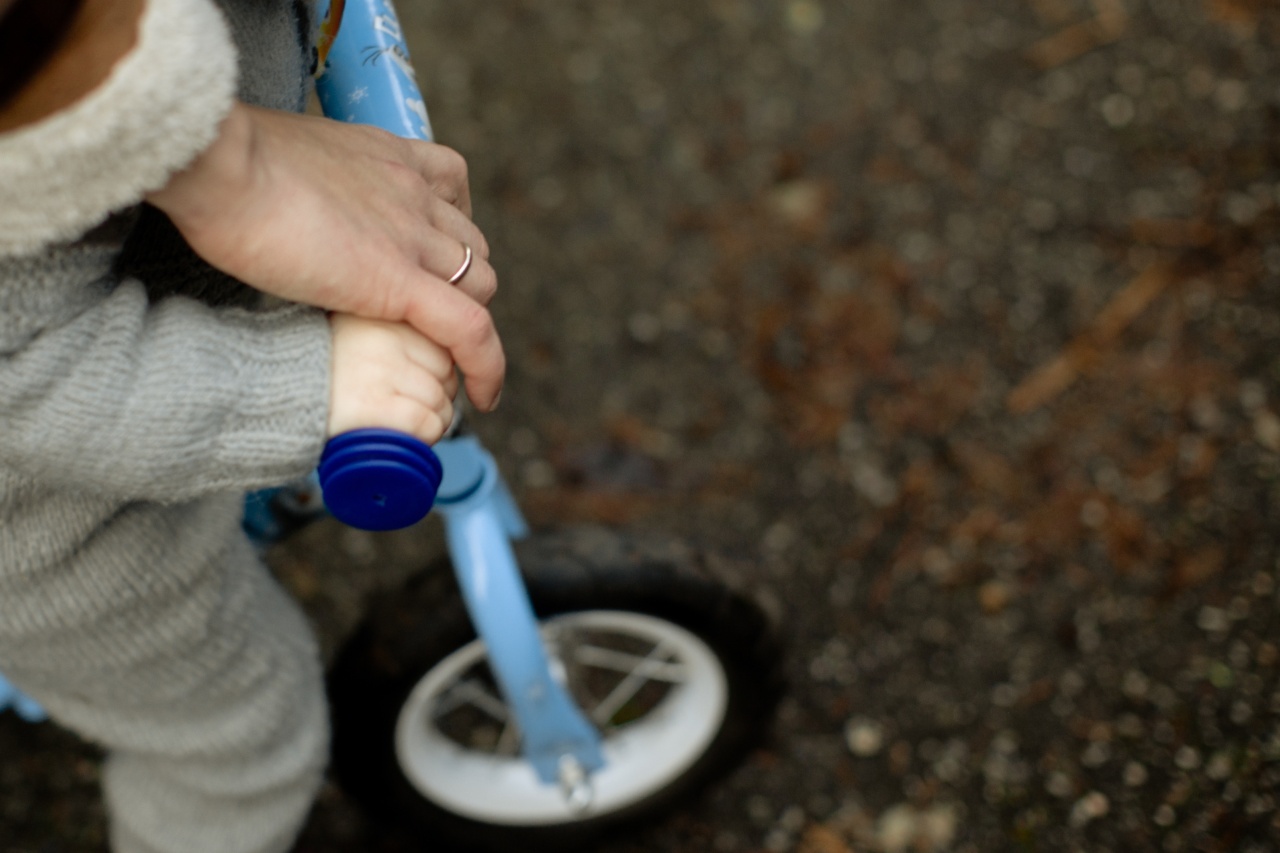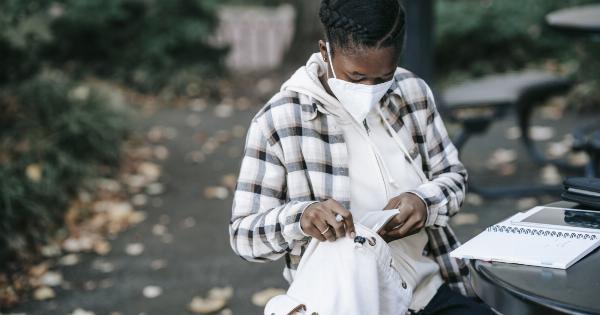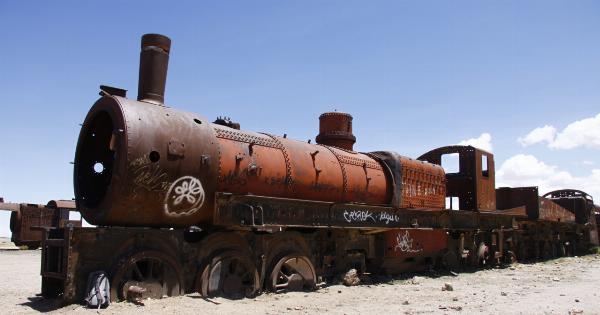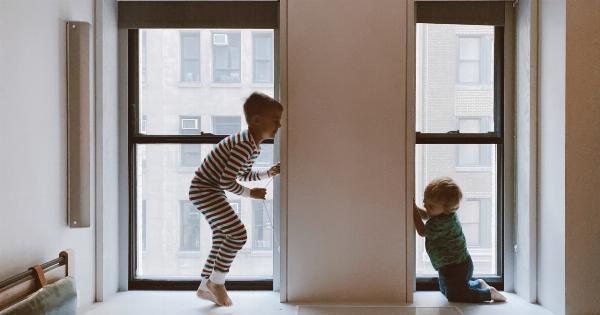As a parent, keeping your children safe is a top priority. While providing a nurturing and loving environment is crucial, it’s equally important to ensure their safety at home.
From babyproofing to teaching them about potential hazards, here are 30 ways to protect your kids and create a safe haven for them:.
1. Install Safety Gates
Install safety gates at the top and bottom of stairs to prevent accidental falls. Additionally, you can use safety gates to block off areas of the house that may pose risks.
2. Secure Heavy Furniture
Ensure that heavy furniture, such as bookshelves or chests of drawers, are securely fastened to the wall. This prevents them from tipping over and causing injuries.
3. Cover Electrical Outlets
Use childproof outlet covers to prevent curious little fingers from inserting objects into electrical outlets, reducing the risk of electrical shocks.
4. Lock Medications and Cleaning Products
Keep all medications and cleaning products out of reach and locked away. Store them in cabinets or drawers that cannot be easily accessed by children.
5. Secure Blind and Curtain Cords
Secure blind and curtain cords out of reach of children to prevent accidental strangulation. Use cord shorteners or tuck cords away securely.
6. Install Window Guards
Install window guards on all windows to prevent falls. Make sure they can be easily removed by adults in case of emergency.
7. Use Door Stoppers
Prevent little fingers from getting trapped in doors by using door stoppers. These simple devices hold doors open, providing a safe gap for children.
8. Keep Small Objects Away
Keep small objects, such as coins, buttons, or batteries, out of reach. Children may accidentally swallow these objects, leading to choking hazards.
9. Use Safety Latches and Locks
Use safety latches and locks on cabinets and drawers to keep hazardous items, like sharp objects or cleaning supplies, out of your child’s reach.
10. Install Smoke Detectors
Install smoke detectors on every level of your home and test them regularly to ensure they are in proper working condition. Change the batteries annually.
11. Cover Sharp Corners
Apply corner guards or edge bumpers to sharp corners of furniture, countertops, or other fixtures to minimize injuries from accidental impacts.
12. Lock Up Matches and Lighters
Keep matches and lighters locked away or stored in a secure location to prevent your child from accidentally starting a fire.
13. Install Carbon Monoxide Detectors
Place carbon monoxide detectors in your home, especially near bedrooms and common areas. This odorless gas can be deadly, so early detection is essential.
14. Keep Cords and Wires Tidy
Keep cords and wires organized and tucked away to avoid tripping hazards. Use cable clips or cord covers to secure them and keep them out of your child’s way.
15. Create a Safe Play Area
Create a designated safe play area for your child. This space should be free from potential dangers, such as sharp objects or fragile items.
16. Teach Fire Safety
Teach your child about fire safety, including the “Stop, Drop, and Roll” technique, and how to safely exit the house in case of a fire.
17. Use Stove Guards
Install stove guards to prevent your child from accidentally reaching up and touching hot surfaces. These guards create a barrier and help prevent burns.
18. Lock Up Firearms
If you have firearms in your home, lock them in a secure gun safe, out of reach of children. Store ammunition in a separate place.
19. Be Mindful of Bath Time
Never leave your child unattended during bath time. Ensure that the water temperature is safe and check the water level regularly to prevent drownings.
20. Install Door Locks and Alarms
Install door locks and alarms to prevent your child from wandering outside unsupervised. These can provide an additional layer of security.
21. Supervise Outdoor Activities
When your child is playing outside, always keep a watchful eye. Make sure the area is safe, free from sharp objects, and secure from potential dangers.
22. Teach Stranger Danger
Teach your child about the concept of stranger danger and establish clear guidelines regarding who they can trust and the importance of not talking to strangers.
23. Install Bed Rails
For younger children transitioning to a bed, install bed rails to prevent them from rolling off and falling during the night.
24. Choose Safe Toys
Ensure that the toys your child plays with are age-appropriate and do not pose any choking hazards. Regularly inspect toys for any loose parts or damage.
25. Teach Internet Safety
Educate your child about internet safety. Set clear rules on appropriate websites, social media usage, and the importance of not sharing personal information online.
26. Keep Cigarettes and Alcohol Out of Reach
Store cigarettes and alcoholic beverages in a secure location out of your child’s reach, as they can cause serious harm if ingested.
27. Lock the Garage
Ensure that the garage is locked at all times to prevent access to vehicles, tools, or any other potentially dangerous materials stored inside.
28. Practice First Aid
Take a first aid course and ensure you have essential first aid supplies readily available at home. Be prepared to handle minor injuries and emergencies.
29. Install Pool Fences
If you have a swimming pool, install a pool fence with a self-latching gate to prevent accidental drownings. Additionally, keep pool toys out of the water when not in use.
30. Set a Good Example
Lastly, set a good example for your child by practicing safety measures yourself. When they see your commitment to safety, they are more likely to follow suit.






























